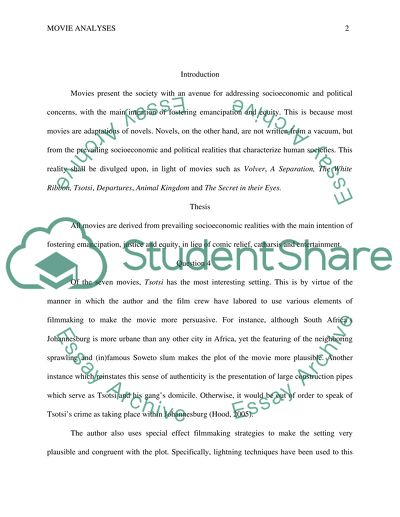Cite this document
(“Movie Analyses Essay Example | Topics and Well Written Essays - 2000 words”, n.d.)
Movie Analyses Essay Example | Topics and Well Written Essays - 2000 words. Retrieved from https://studentshare.org/visual-arts-film-studies/1454910-essay-based-on-seven-movies-read-carefully-please
Movie Analyses Essay Example | Topics and Well Written Essays - 2000 words. Retrieved from https://studentshare.org/visual-arts-film-studies/1454910-essay-based-on-seven-movies-read-carefully-please
(Movie Analyses Essay Example | Topics and Well Written Essays - 2000 Words)
Movie Analyses Essay Example | Topics and Well Written Essays - 2000 Words. https://studentshare.org/visual-arts-film-studies/1454910-essay-based-on-seven-movies-read-carefully-please.
Movie Analyses Essay Example | Topics and Well Written Essays - 2000 Words. https://studentshare.org/visual-arts-film-studies/1454910-essay-based-on-seven-movies-read-carefully-please.
“Movie Analyses Essay Example | Topics and Well Written Essays - 2000 Words”, n.d. https://studentshare.org/visual-arts-film-studies/1454910-essay-based-on-seven-movies-read-carefully-please.


